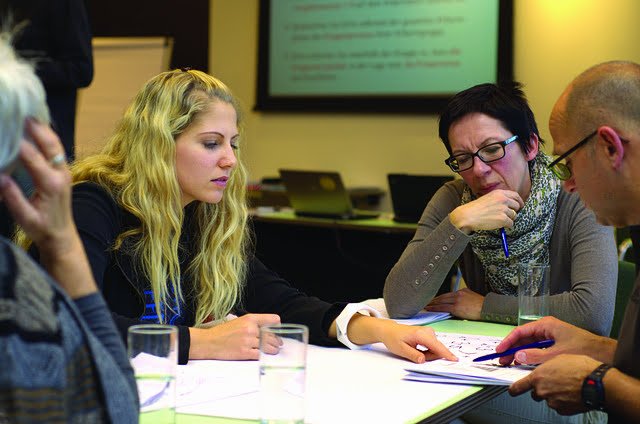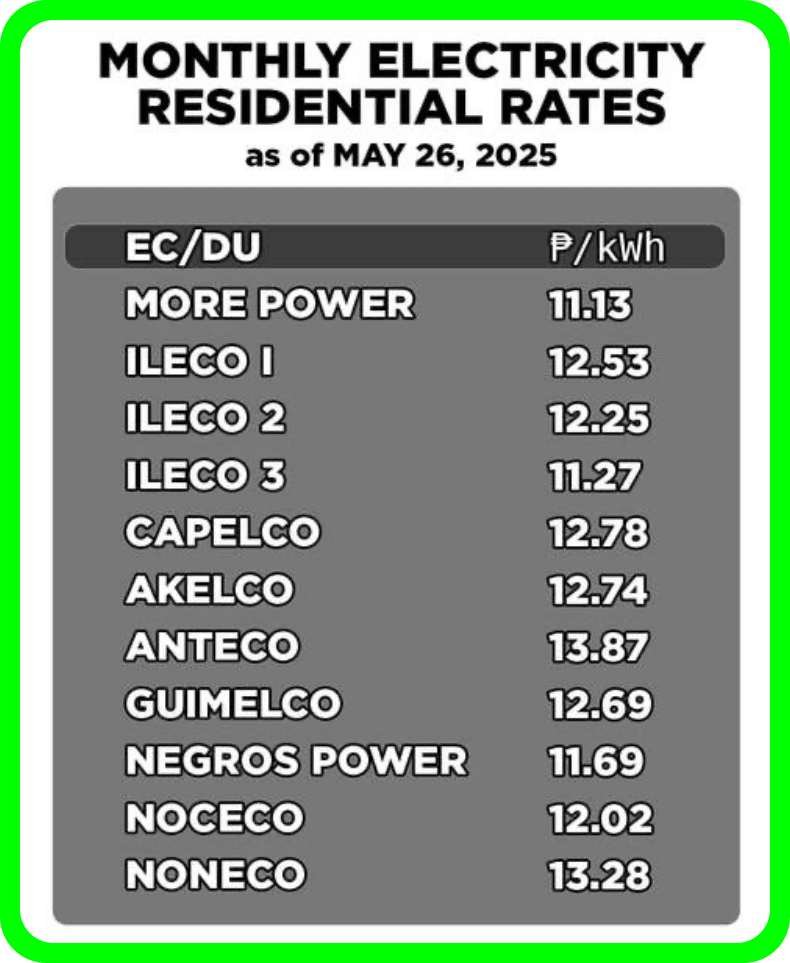Table of Contents
Implementing Retention Strategies and Initiatives: A Guide for Philippine Companies
Employee retention is more than just a buzzword—it’s a business imperative. In the Philippines, where industries like BPO, technology, retail, and hospitality are highly competitive, retaining top talent is a key driver of organizational success. High turnover not only disrupts operations but also incurs significant costs in recruitment, training, and lost productivity. That’s why forward-thinking companies are investing in robust retention strategies and initiatives.
Why Focus on Retention Strategies and Initiatives
Retaining employees means more than keeping seats filled. It preserves institutional knowledge, maintains team morale, and strengthens your employer brand. Engaged employees are more productive, innovative, and loyal—qualities that directly impact your bottom line.

Comprehensive Retention Strategies and Initiatives
Below are proven, actionable strategies that leading Philippine companies use to keep their best people engaged and committed:
1. Competitive Compensation and Benefits
- Benchmark Salaries: Regularly review and adjust compensation to stay competitive within your industry.
- Comprehensive Benefits: Offer health insurance, retirement plans, paid leaves, and tuition assistance.
2. Flexible Work Arrangements
- Remote and Hybrid Work: Allow employees to work from home or adopt flexible schedules.
- Compressed Workweeks: Offer alternative work arrangements to promote work-life balance.
3. Positive Company Culture
- Inclusive Environment: Foster a culture of respect, diversity, and inclusion.
- Open Communication: Encourage transparency and regular feedback through town halls and digital platforms.
“A positive company culture is the heartbeat of an organization—when employees feel valued, respected, and connected, they don’t just work; they thrive, innovate, and stay.”
4. Career Growth and Development
- Continuous Learning: Provide access to online courses, workshops, and certifications.
- Clear Career Paths: Offer mentorship and leadership development programs.
5. Recognition and Rewards
- Formal Recognition: Implement awards, bonuses, and public acknowledgments for achievements.
- Peer-to-Peer Programs: Encourage employees to recognize each other’s contributions.
6. Employee Wellness Initiatives
- Mental Health Support: Provide counseling, mental health days, and stress management resources.
- Physical Wellness: Offer gym memberships, wellness challenges, and health screenings.
7. Employee Engagement Activities
- Team Building: Organize regular team-building events, both virtual and in-person.
- Social Responsibility: Encourage participation in community outreach and corporate social responsibility (CSR) programs.
8. Comprehensive Onboarding and Buddy Programs
- Structured Onboarding: Ensure new hires are welcomed, trained, and integrated into company culture.
- Buddy System: Pair new employees with mentors for guidance and support.
“Regular performance feedback and coaching transform potential into excellence—when guidance is continuous and constructive, growth becomes a shared journey, not a yearly event.”
9. Regular Performance Feedback and Coaching
- Continuous Feedback: Move beyond annual reviews to real-time coaching and feedback.
- Development Focus: Use feedback sessions as opportunities for growth and improvement.
10. Leverage Technology for Engagement
- HR Platforms: Use digital tools for feedback, recognition, and communication.
- Gamification: Engage employees with gamified learning modules and performance tracking.
11. Employee Resource Groups (ERGs) and Diversity Initiatives
- ERGs: Support groups for shared interests or backgrounds to foster community and inclusion.
- Diversity Programs: Promote gender equality, LGBTQ+ inclusion, and multicultural awareness.
“Diversity programs are bridges that connects unique voices, turning differences into strengths and inclusion into innovation.”
12. Earned Wage Access (EWA)
- Financial Flexibility: Allow employees to access a portion of their earned wages before payday, reducing financial stress.
13. Satellite Offices and Remote Talent Sourcing
- Decentralized Work: Set up satellite offices in emerging talent hubs to attract and retain diverse employees.
Retention Plans, Exit Interviews, and Stay Interviews: Essential Tools
A truly robust retention strategy includes structured processes to understand why employees stay or leave and to proactively address their needs. Three critical initiatives are:
Retention Plans
- Definition: Retention plans are formal strategies developed by organizations to minimize employee turnover. These plans outline specific actions, policies, and programs designed to keep employees satisfied and committed.
- Components: May include career development opportunities, recognition programs, compensation reviews, and work-life balance initiatives.
Retention is a strategic priority, not just an HR function.
Exit Interviews
- Definition: Exit interviews are conducted with employees who are leaving the organization to gather insights on their reasons for departure.
- Purpose: They help identify patterns or issues within the workplace that may be causing turnover, such as management challenges, lack of growth, or compensation concerns.
- Best Practice: Use feedback from exit interviews to inform future retention strategies and make necessary organizational improvements.
Stay Interviews
- Definition: Stay interviews are proactive conversations with current employees to understand what keeps them engaged and what might cause them to leave.
- Purpose: These interviews help organizations address issues before they lead to resignations, allowing for timely interventions and improvements.
- Best Practice: Conduct stay interviews regularly, not just during performance reviews, to maintain an ongoing dialogue about employee satisfaction.

Key Takeaways
- Retention is a strategic priority, not just an HR function.
- A multi-faceted approach works best: Combine competitive compensation, career growth, wellness, and culture-building.
- Retention plans, exit interviews, and stay interviews are essential tools for understanding and improving employee satisfaction.
- Philippine companies are leading the way with innovative, employee-centered practices.
By implementing these strategies and utilizing tools such as retention plans, exit interviews, and stay interviews, your organization can cultivate a loyal, motivated, and high-performing workforce that is well-equipped to meet tomorrow’s challenges.
Ready to boost retention in your organization? Start by listening to your employees, benchmarking your practices, and investing in programs that make your company a great place to work!

For more insights on employee engagement and retention, follow our page or contact us for a consultation tailored to your business needs!
More Stories
- Lowest Electricity Rates in Western Visayas and Negros Island
- Miss Grand International 2024 Dethronement
- Miss Orient Tourism Global 2025: Inaugural Edition | Philippines Wins the Title
- Catriona Gray’s Winning Final Answer at Miss Universe 2018
- Miss World 2025 Under Watch: Filipino Fans Recall 2016 Snub
- Krishnah Marie Estacio Gravidez | Next Miss World?
- Miss Eco International 2025 | Alexie Brooks, Philippines!
- Miss Aura International 2025 | Krishan Pauline Alerre, Philippines!
- Bar 21 Batchoy Review: Comfort Food Experience in Bacolod





